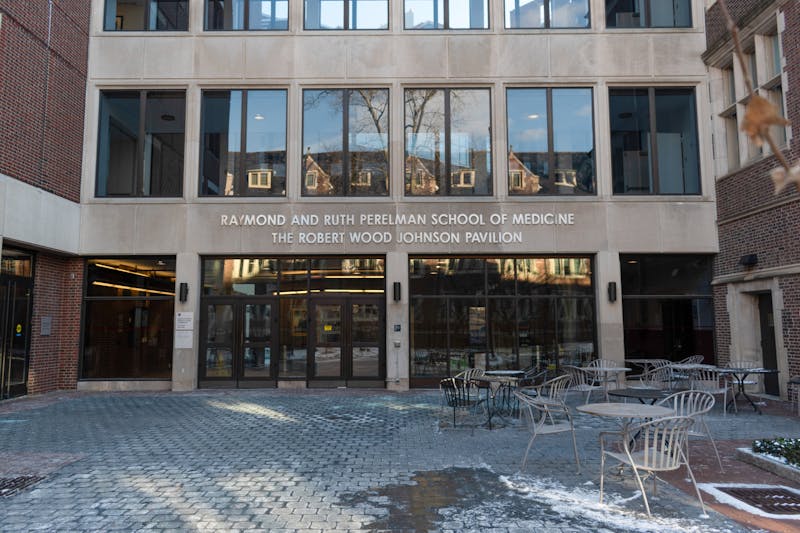
The Supreme Court of Pennsylvania upheld the constitutionality of the state’s new congressional district map on March 16, allowing its use in the 2022 primary elections.
The Court selected the map, known as the Carter plan, for its “least-change” approach, preserving many elements of the current congressional map. The Carter plan fulfills the four traditional redistricting criteria meant to protect voters from partisan influence: compactness, contiguity, minimal splits, and equal population.
Pennsylvania will now have 17 congressional districts compared to 18 in the previous map due to slower population growth. However, 87% of residents would stay in the same district under the Carter plan.
The map survived nine legal challenges, and the state court rejected a federal lawsuit concerning the judiciary’s authority in the selection and approval of new maps.
The Legislative Reapportionment Commission, a redistricting member panel composed of four caucus leaders — two Republicans and two Democrats — and an independent chair, approved separate state House and Senate maps outlining State Legislative District boundaries.
While the final state Senate map passed with little debate, Republicans called the state House map a Democratic gerrymander because it created more seats that could be won by Democrats. Redistricting advocates said that the map undoes decades of partisan gerrymandering in favor of Republicans and also reflects the population shift with Pennsylvanian’s rural areas, as residents leave for urban and suburban areas in the southeast.
According to Votebeat, nonpartisan analyses show that while the state House map improves upon the neutral fairness criteria, it still holds a Republican bias.
After Governor Tom Wolf rejected a proposal drafted by legislative Republicans, Pennsylvania’s Supreme Court took over the redistricting process instead of undergoing a traditional legislative process. Over a dozen maps were submitted from approved petitioners to be considered.
Among them was the Gressman petitioners’ map, which was submitted by a group of Pennsylvanian mathematicians, including Penn professor Philip Gressman.
Delayed census data and gridlock among state lawmakers caused the year’s redistricting process to be delayed, and gave the Court a shorter amount of time to choose a map before the May primaries.
Senate Minority Leader Jay Costa, a member of the Legislative Reapportionment Commission, stated that Wednesday’s decision allowed citizens to “proceed with our election calendar and … begin preparation to run for office or learn who their potential representatives will be.”
The Daily Pennsylvanian is an independent, student-run newspaper. Please consider making a donation to support the coverage that shapes the University. Your generosity ensures a future of strong journalism at Penn.
Donate






